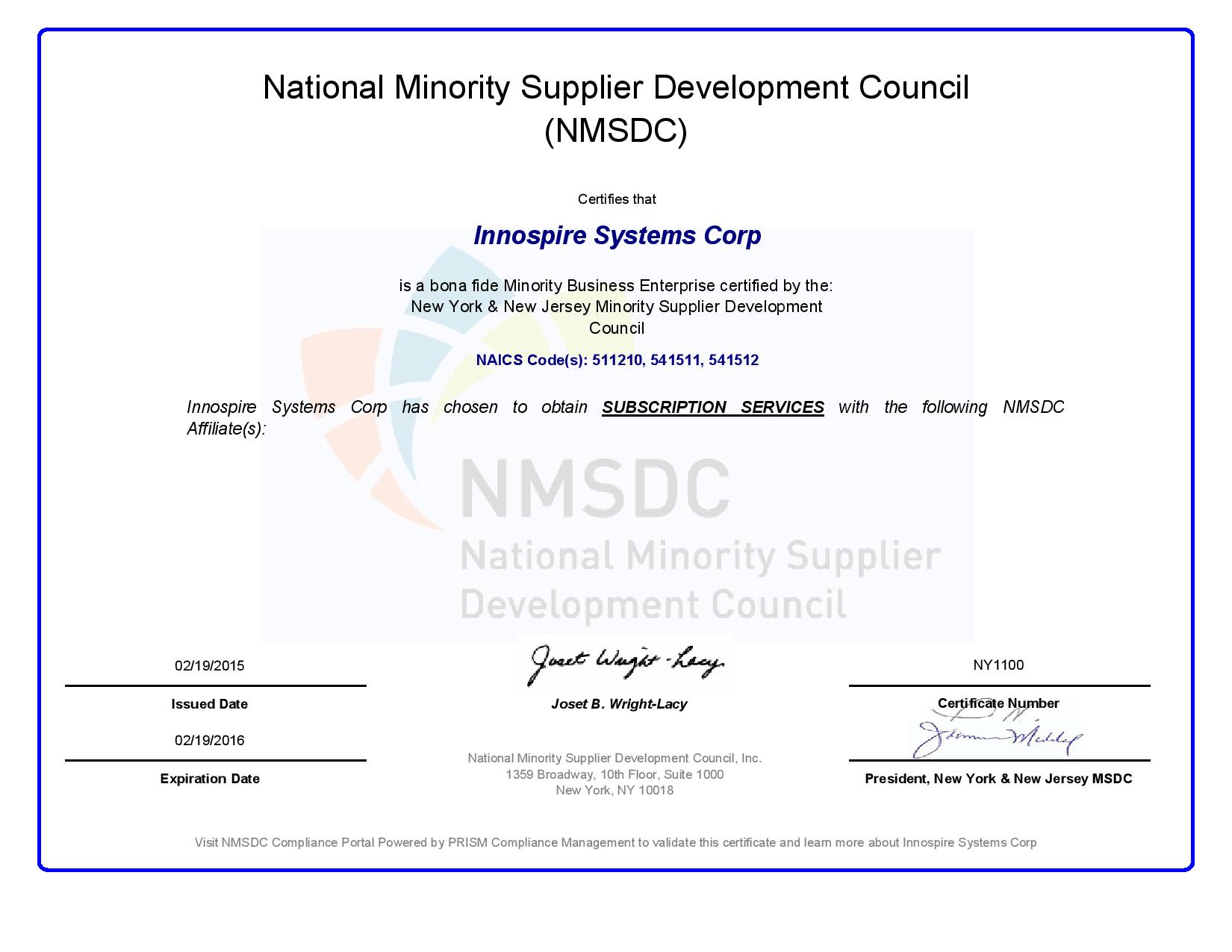Road map to best Business Intelligence strategy implementation
POSTED MAR 05, 2020

Business Intelligence is not just implementing technology alone - its more about redefining the workflow of the company and preparing for the future. With BI, a business can be proactive, never miss out on an opportunity, and remain competitive. The benefits of a successful BI implementation are enormous. But, it would be best if you had a strategy in place. Either you start from scratch or getting yourself an upgrade, a strategy road map is a must.
In our previous blog, we discussed What is BI, and how can it unlock your business potential. And now, this article will light up the roads to implement the best BI strategy for your business.
Get everyone involved
In order to implement and succeed with BI, the organization needs the utmost co-operation of the key business departments like IT, finance, and operations departments, etc. First, the organization must ensure proper data integrity and enforce data governance modules with the help of the IT department. Every department has its part to play as BI is implemented across all departments and entire data of the organization. For every department, it is very vital to identify what type of data they generate and what kind of data reports can be beneficial for them to make effective business decisions.
Assess and validate
Honestly, even the best BI strategy needs some heavy lifting initially to maximize its potential. If you are well prepared and have already validated your organizational needs, it will be easy to address complicated issues and adopt challenges. BI tools that produce trustable data is essential. The reports on monthly sales are useless when it can’t consider the returned goods that are sold. So, having a robust validation process is a must. Also, find out what tools are already preforming better with meaningful report outputs and find a way to integrate them into the BI strategy. On the other hand, everything that isn’t working.
Prioritize problems and determine scope
Before you deploy BI software, you need to determine what Business intelligence means to your company. You need to sort out what problems it's going to solve and how. If a particular issue requires a solution, first understand what are the metrics you need to measure, how to measure them from the available data, and devise a formula to solve it accordingly. The focus should be on formulating a solution rather than just implementing and collecting data.
Plan your data infrastructure
Business intelligence must have transparent data sources to perform a precise and accurate analytical report. Some organizations keep their data in isolated storage. Although it is easy and cheap, it will create additional silos whenever storage is expanded. BI platforms import data from a data repository, and with the latest BI, you can analyze data even from multiple sources at different locations. Before devising a strategy, it is imperative to survey what kind of data your teams will need before deploying the BI platform.
Get everyone prepared
BI deployment is not just a technology initiative. An organization cannot hire an executive and implement BI on a flash. Everyone in the company should be prepared and should have a basic knowledge of reporting and how BI works. With the latest advancement in analytics, users of business analytics must be reskilled and trained to ensure the organization is well equipped to support value-driven decision making.
Clean the data
Low-quality data can hurt businesses and have a significant blow on productivity and, ultimately, the overall ROI. Also, obsessed with 100% data quality is not substantial as the purpose is to have the maximum effective BI and not to achieve the utmost data quality. But the cleaner the data, more cleaner the analytics. So before deploying BI, make sure you have the cleanest data possible for better BI performance.
Identify KPIs
The core of an effective BI strategy is identifying the KPIs. Identify the most important KPI's that is best to start your BI implementation with and expand strategy with other KPIs along the way. Also, make sure the KPIs align well with your company objectives.
Choose the right BI tool
If you have done all the other things right, you would be in the best position to find the perfect BI tool to implement your BI strategy successfully. Choose an in-house or a cloud base tool that can scale along with you as your organization grows. And don't forget to get free trials.
Take it slow
Successful BI implementation is a tenacious task. Take small steps and be consistent. Start slow, fail hard, learn quickly. Create a system that permits failure, because you’re implementing technology and ideas and it may take time and more investments to be fruitful as expected. Always make space for innovation and thereby continuously improve processes and outcomes.
Recent Blogs
POSTED FEB 06, 2020
What is BI, and how can it unlock your business potential
When the installer completes, open a new command prompt and run the dotnet command. This will verify .NET is correctly installed and ready to use.


